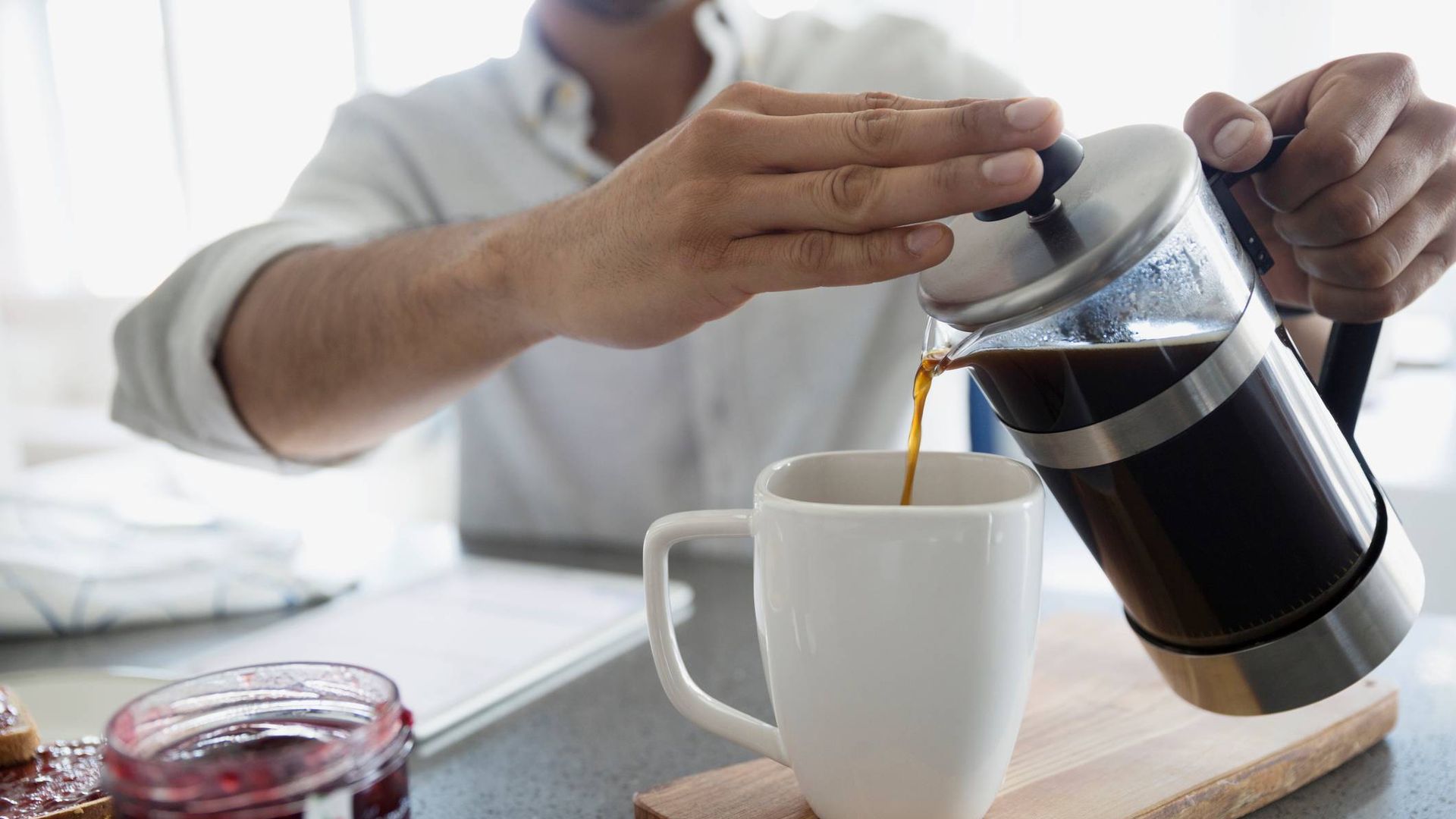Your blood pressure measures the force that your heart uses to pump blood around your body.
High blood pressure is a common issue but one that can have big implications on your health.
Having blood pressure that is too high increases the risk of heart disease, heart attacks and kidney disease, amongst other things.
High blood pressure is often caused by unhealthy lifestyle choices. So, the good news is that making small changes to your daily life can make a big difference in lowering your blood pressure.
How is my blood pressure measured?
Blood pressure is measured in millimeters of mercury (mmHg) and displays as two numbers – the systolic (the pressure as your heart pushes blood out) and the diastolic (the pressure as your heart rests between beats).
The ideal blood pressure depends on factors such as age but should be between 60/90 mmHg and 120/80 mmHg.
A reading of 60/90 for example, would mean that you have a systolic pressure of 60 and a diastolic pressure of 90.
Anything over 140/90 mmHg is considered to be high. People who fall into this category can make some simple changes to help lower their blood pressure into a healthy range.
What can I do to lower my blood pressure?
Lose weight if you are currently overweight
Being overweight is one of the largest factors contributing to increased blood pressure. If a person is overweight, the heart has to work harder to pump blood around the body, and it is this exertion that raises blood pressure.
RELATED: Female Doctors Have Better Outcomes With Female Patients
Losing just 5 to 10% of your body weight can make a significant difference in lowering your blood pressure and improving your general health.
Exercise regularly
Exercise will not only help if weight is a contributing factor of your high blood pressure but will also improve your cardiovascular fitness.
Focus on incorporating aerobic exercise such as walking, running or cycling into a daily routine.
Mayo Clinic states that 150 minutes of aerobic exercise a week has been shown to reduce blood pressure by 4 to 9 mmHg, which is the same amount of reduction as some blood pressure medications.
A fitness watch can be a great tool because it can track your exercise. We love the Fitbit Versa 2 for tracking active minutes.
Monitor your blood pressure at home
Being able to check your own blood pressure is an effective way of keeping track of it regularly.
Purchase a monitor like this one by Lazle, which is easy to use and will provide a blood pressure reading in minutes.
Keeping track of your own blood pressure allows you to be accountable and take control of your own health.
Reduce your caffeine intake
If you’re an avid coffee drinker, although it might be challenging, cutting down on the amount of caffeine you drink can have a positive impact on your pressure.
Caffeine causes a temporary increase in blood pressure shortly after consumption, and while this isn’t an issue if the blood pressure is normal, for those who struggle with high blood pressure, caffeine can cause it to rise even further.
Avoid energy drinks and try switching to decaffeinated coffee to avoid blood pressure spikes.
Reduce the amount of sodium in your diet
The American Heart Association (AHA) recommends no more than 2,300mg of sodium per day because too much sodium raises blood pressure.
Pre-packaged food is often high in sodium, so try to avoid adding extra salt to food and check food labels for salt/sodium content to keep track of your intake.
AHA states that cutting down by even 1,000mg per day will have a positive impact on blood pressure readings.
Increase potassium intake
Studies have shown the ability of potassium to cause a decrease in blood pressure. It is thought that potassium reduces the amount of sodium in the body, and aids in relaxing the blood vessels.
If a diet is particularly high in sodium, increasing the potassium intake can help get rid of some of the excess sodium.
Try upping your intake of the following foods: broccoli, spinach, potatoes/sweet potatoes, raisins/dates, bananas and oranges.
These foods are particularly rich in potassium and can help to promote regulation of your blood pressure.
If you are finding it difficult to incorporate enough potassium into your diet opt to take a daily supplement such as these potassium capsules from iHerb to help increase your potassium intake.
Quit smoking
Most of us know that smoking is bad for our lungs and can dramatically increase the risk of developing cancer, but smoking has also been suggested to have a negative impact on blood pressure.
The nicotine in a cigarette causes an immediate temporary spike in blood pressure (much like caffeine does), so by quitting, you give your blood pressure the chance to stabilize itself to more normal levels.
Some find patches like these from NicoDerm to be helpful when trying to stop smoking.
Quitting or even cutting down on cigarettes will also improve the overall quality of a person’s health. If support is needed to quit smoking, always speak to a healthcare professional.
Reduce stress
The Mayo Clinic explains that stressful situations cause a temporary rise in blood pressure because stress hormones cause blood vessels to narrow.
Frequent spikes of high blood pressure over a prolonged period can have a negative effect in the long-term, so learning to manage stress can help keep blood pressure stable.
Always allow time to recharge, whether through exercise, reading or socializing. We love coloring books like this one from MantraCraft to help unwind after a stressful day.
Take medication
If you do have high blood pressure, you should always see a medical professional who will be able to give tailored advice.
In some cases, it may be recommended that medication be taken to lower blood pressure. Most medications work to relax the blood vessels, which in turn lowers blood pressure.
Sometimes this medication may need to be taken for the rest of your life, but in other scenarios may be short-term, if there is a consistent improvement.





